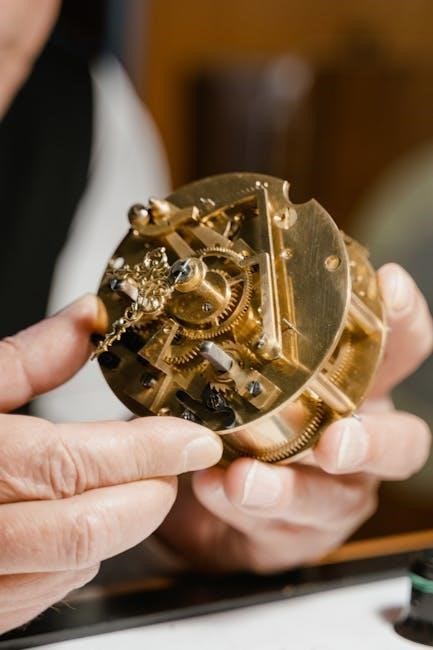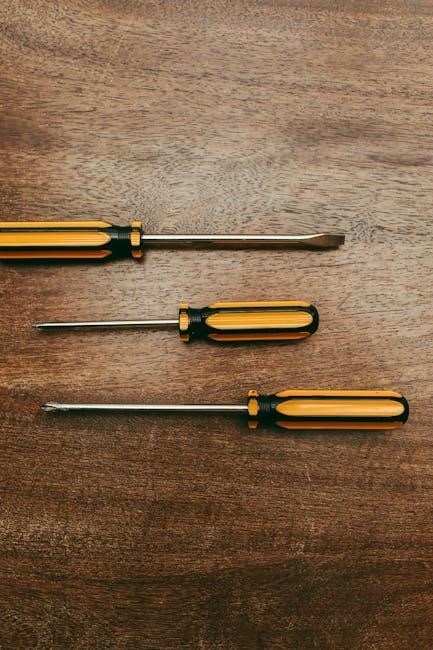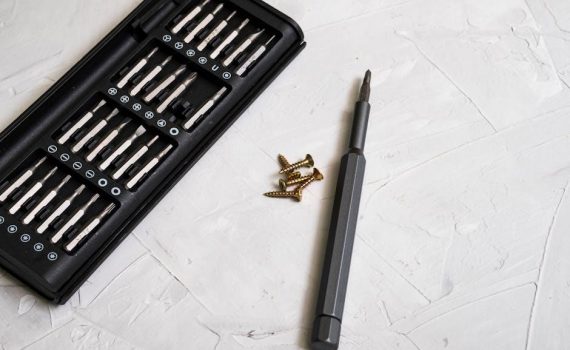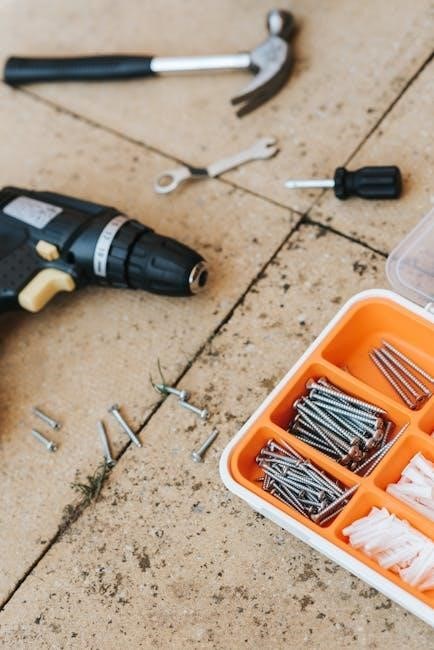how to perform umrah pdf
Category : PDF
Umrah, a sacred Islamic pilgrimage, is a recommended Sunnah act by Prophet Muhammad (peace be upon him), reflecting deep spiritual devotion and worship.
1.1. Definition and Significance of Umrah
Umrah, often referred to as the “minor pilgrimage,” is a sacred Islamic ritual that involves traveling to the holy city of Mecca. It is a Sunnah act, meaning it is highly recommended but not obligatory. Unlike Hajj, Umrah can be performed at any time of the year, except during the five days of Hajj, when it is considered Makruh (disliked). The pilgrimage begins with entering the state of Ihram, followed by performing Tawaf (circumambulating the Kaaba) and Sa’ee (running between the hills of Safa and Marwah). Umrah holds deep spiritual significance, as it is a means of seeking Allah’s forgiveness, cleansing the soul, and strengthening one’s faith. It also reflects a pilgrim’s devotion and commitment to following the Sunnah of Prophet Muhammad (peace be upon him).
1.2. Importance of Following the Sunnah in Umrah
Following the Sunnah of Prophet Muhammad (peace be upon him) is crucial for performing Umrah in a manner that is pleasing to Allah. The Sunnah provides a clear and detailed guide on how to execute the rituals correctly, ensuring that the pilgrimage is both valid and rewarding. By adhering to the Prophet’s teachings, pilgrims can avoid mistakes and perform the acts of worship in the most meritorious way. Reciting specific supplications, maintaining proper etiquette, and observing the recommended practices during Ihram, Tawaf, and Sa’ee are all integral parts of the Sunnah that enhance the spiritual experience of Umrah.

Preparation for Umrah
Preparing for Umrah involves obtaining a valid visa, packing essentials like Ihram clothing, and learning necessary supplications. Proper planning ensures a smooth and blessed journey.
2.1. When to Perform Umrah
Umrah can be performed at any time of the year except during the five days of Hajj, as it is considered Makruh (disliked) then. The best times for Umrah are during Ramadan, as it is highly rewarded, and outside the Hajj season to avoid crowds. Pilgrims should ensure they complete all preparations and enter Ihram before reaching the Miqat. It is recommended to perform Umrah with sincerity and adherence to Sunnah practices. While Umrah is not obligatory, performing it during blessed months enhances its spiritual benefits. Proper timing and preparation are key to a fulfilling experience.
2.2. Essential Preparations Before Leaving
Before embarking on Umrah, it is crucial to make thorough preparations. This includes obtaining a valid Saudi visa, booking flights and accommodations, and ensuring all travel documents are in order. Pilgrims should also prepare spiritually by seeking knowledge on Umrah rituals and learning essential duas. Packing light yet practical clothing, toiletries, and a small prayer mat is recommended. Health precautions, such as vaccinations and carrying medications, are vital. Financial planning is also necessary to cover all expenses. Consulting a detailed Umrah guide or seeking advice from experienced pilgrims can help ensure a smooth and blessed journey. Proper preparation enhances the spirituality of the pilgrimage.

The Rituals of Umrah
Umrah rituals include entering Ihram, performing Tawaf around the Kaaba, completing Sa’ee between Safa and Marwah, and concluding with Halq or Qasr, ensuring all acts are done with sincerity.
3.1. Entering the State of Ihram
Entering the state of Ihram marks the beginning of Umrah. It involves making the intention, reciting the Talbiyah, and adhering to specific rules. Pilgrims must prepare by removing unwanted hair, trimming nails, and performing Ghusl or Wudu. Men wear a seamless garment (Ihram sheets), while women dress modestly in their usual attire. The Ihram is donned at designated Miqat points. Once in Ihram, pilgrims recite the Talbiyah: “Labbaik Allahumma Labbaik” (Here I am, O Allah, here I am). This sacred state requires abstaining from prohibited acts, ensuring purity of intention and adherence to Islamic etiquette.
3.2. Performing Tawaf and Sa’ee
Tawaf is the act of circumambulating the Kaaba seven times, starting and ending at the Black Stone. Pilgrims face the Kaaba, recite specific prayers, and ensure modesty. Men may uncover their left shoulder during Tawaf, while women maintain their hijab. After completing Tawaf, pilgrims perform two rak’ahs of prayer behind the Maqam Ibrahim. Following Tawaf, Sa’ee is performed by walking between the hills of Safa and Marwa seven times, emulating Hagar’s search for water. Pilgrims recite prescribed supplications and may jog between the green markers, symbolizing Hagar’s urgency. These rituals complete the core acts of Umrah, fulfilling the divine command with humility and devotion.
3.3. Completing the Umrah Rituals
After performing Tawaf and Sa’ee, pilgrims conclude their Umrah by shaving or trimming their hair. Men typically shave their heads entirely or trim it evenly, while women trim a small portion. This act symbolizes liberation from worldly bonds and equality before Allah. Following this, pilgrims remove their Ihram attire and resume wearing normal clothing. The completion of Umrah is marked by a sense of spiritual fulfillment and renewal. Pilgrims are then free from the restrictions of Ihram and can resume their daily activities. This final step signifies the acceptance of their rituals and the attainment of divine blessings.

Additional Rituals and Etiquettes
Beyond the core rituals, pilgrims should focus on making sincere intentions, reciting prescribed supplications, and maintaining the sanctity of Ihram. Respect for holy sites and adherence to Sunnah are essential.
4.1. Visiting the Prophet’s Mosque in Medina
Visiting the Prophet’s Mosque in Medina is a deeply spiritual experience during Umrah. Pilgrims should approach with reverence, performing two rak’ahs of prayer upon arrival. It is recommended to visit the Rawdah, a blessed area between the Prophet’s grave and his pulpit, and pray near the Minbar. Etiquettes include maintaining calm, avoiding loud noises, and respecting the sacred space. Pilgrims may also visit the graves of the Prophet’s companions, offering salutations and prayers. This visit strengthens the spiritual connection and is a cherished part of the Umrah journey, fostering humility and gratitude.
4.2. Etiquettes of Visiting the Holy Sites
Visiting the holy sites during Umrah requires utmost respect and adherence to Islamic etiquettes. Pilgrims must maintain humility, avoid loud conversations, and ensure cleanliness. Dress modestly, avoiding revealing attire, and prioritize cleanliness of body and clothing. Upon entering Masjid al-Haram or other sacred sites, perform a two-rak’ah prayer to greet the mosque. Refrain from unnecessary distractions and focus on worship. When near the Ka’bah, avoid pointing or turning backs. Respect fellow pilgrims and follow guided paths. These etiquettes ensure a dignified and spiritually enriching experience, aligning with the teachings of the Prophet (peace be upon him).
Hajj Tamattu combines Umrah and Hajj, performed in the same season, while Hajj Qiran unites both under one Ihram, and Hajj Ifrad is Hajj alone, distinct from Umrah. Hajj Tamattu is a form of Hajj where pilgrims perform Umrah first, followed by Hajj in the same season. It is considered a Sunnah act, as it combines the two pilgrimages under one Ihram. Pilgrims enter Ihram for Umrah, complete its rituals, and then proceed to Hajj. This method is popular as it allows the completion of both pilgrimages efficiently. It is essential to follow the correct sequence and intentions to ensure the validity of both acts. Hajj Tamattu is a recommended way to fulfill the spiritual obligations of both Umrah and Hajj seamlessly. Hajj Qiran and Hajj Ifrad are two distinct forms of Hajj, differing in their approach to rituals. Hajj Qiran involves performing both Umrah and Hajj under a single Ihram, combining the two pilgrimages seamlessly. In contrast, Hajj Ifrad requires the pilgrim to perform Hajj alone, without combining it with Umrah. Both methods have specific rulings and requirements, and pilgrims must choose one based on their circumstances and understanding of Islamic jurisprudence. Proper guidance is essential to ensure the pilgrim adheres to the correct rituals and intentions for each type of Hajj. This ensures a spiritually fulfilling and valid pilgrimage experience. Plan meticulously, ensure health precautions, manage finances wisely, and pack essentials like Ihram attire and a dua book to maintain spiritual focus throughout the pilgrimage. Maintaining health is crucial during Umrah. Ensure vaccinations are up-to-date and carry essential medications. Stay hydrated, avoid overcrowded areas to prevent infections, and wear comfortable footwear. Women should follow hygiene practices during menstruation. Stay informed about local health guidelines and weather conditions. Carry a small first-aid kit and know emergency contact numbers. Prioritize personal safety by keeping valuables secure and staying with a group. Spiritual focus is enhanced when physical well-being is prioritized, ensuring a peaceful and fulfilling pilgrimage experience. Always adhere to Saudi health regulations for a safe journey. Planning and organizing finances is vital for a smooth Umrah experience. Allocate a budget for visa, flights, accommodation, and daily expenses. Book flights and hotels in advance to secure better rates. Ensure travel insurance covers medical emergencies. Carry local currency for incidentals and keep essential documents like passports and visas organized. Plan for transportation between cities and holy sites. Avoid unnecessary expenses to stay within budget. Research reliable travel agencies for hassle-free arrangements. Proper financial management ensures focus on spiritual goals, making the pilgrimage more fulfilling and stress-free. Prioritize transparency and secure bookings to avoid last-minute issues. Performing Umrah is a blessed journey, offering spiritual renewal and divine forgiveness; May Allah accept your efforts and grant you a smooth, fulfilling pilgrimage experience. Umrah, a minor pilgrimage, is a Sunnah act highly recommended by Prophet Muhammad (peace be upon him). It offers immense spiritual and emotional benefits, including the expiation of sins and the granting of divine mercy. Performing Umrah strengthens faith, fosters a deeper connection with Islamic rituals, and provides an opportunity for reflection and seeking Allah’s guidance. Pilgrims experience a sense of renewal and closeness to Allah, making it a transformative journey. The blessings of Umrah extend beyond the rituals, impacting one’s life with increased humility, gratitude, and a renewed commitment to faith. May Allah accept your Umrah and grant you His infinite blessings. As you prepare to embark on your Umrah journey, remember to approach it with sincerity and a pure intention. Ensure all rituals are performed with precision and adherence to the Sunnah. Stay hydrated, dress modestly, and maintain respect for holy sites. Avoid distractions and focus on your spiritual connection with Allah. Seek guidance from reliable sources to ensure your actions align with Islamic teachings. Remember, Umrah is a once-in-a-lifetime opportunity for many, so cherish every moment and supplicate for acceptance. May Allah ease your journey, grant you His mercy, and accept your Umrah. Ameen.
Types of Hajj and Their Relation to Umrah

5.1. Hajj Tamattu (Combining Umrah and Hajj)
5.2. Hajj Qiran and Hajj Ifrad

Practical Tips for a Smooth Umrah Journey
6.1. Health and Safety Precautions
6.2. Managing Finances and Travel Arrangements
7.1. The Blessings of Performing Umrah
7.2. Final Advice for Pilgrims


























